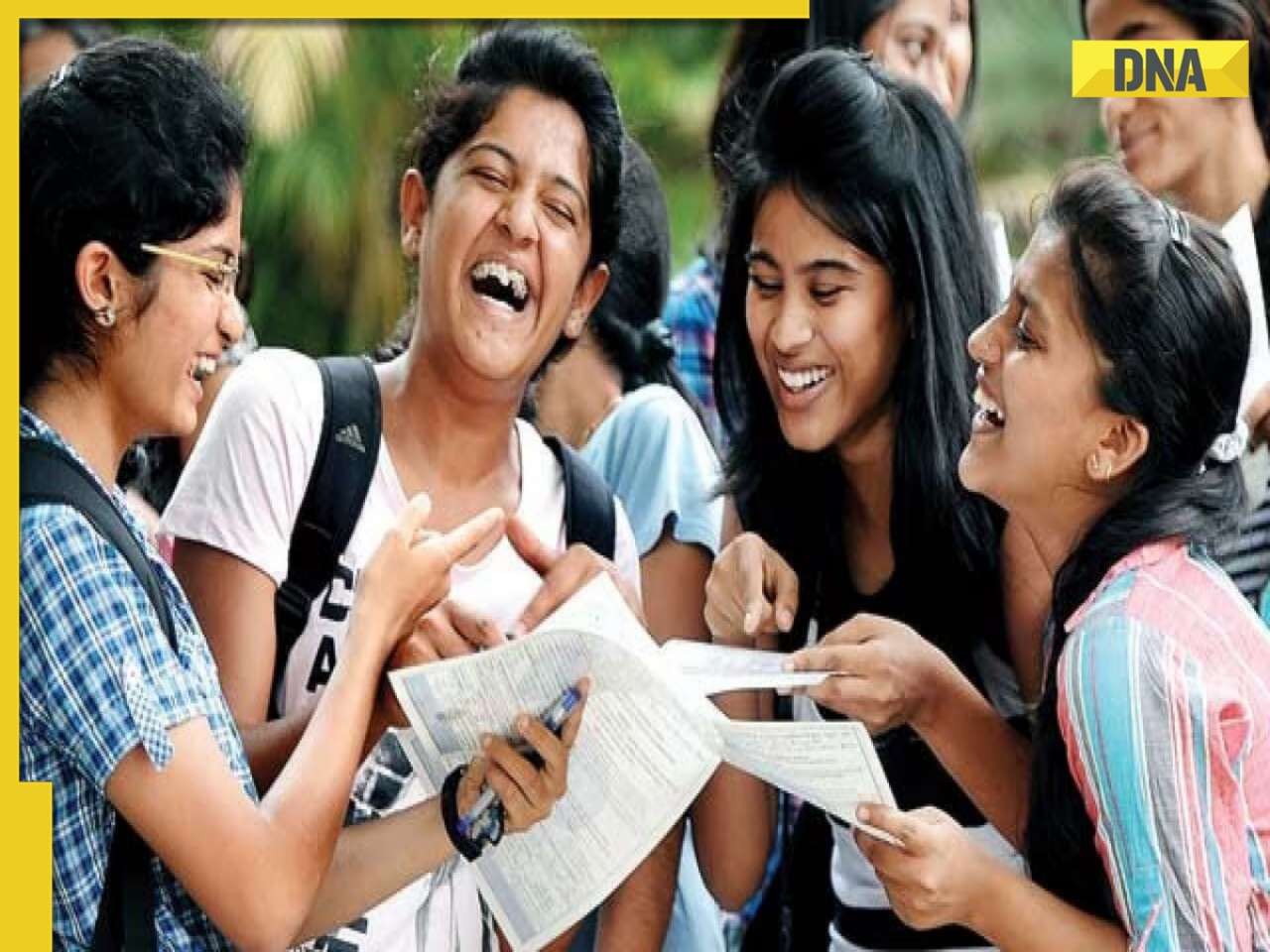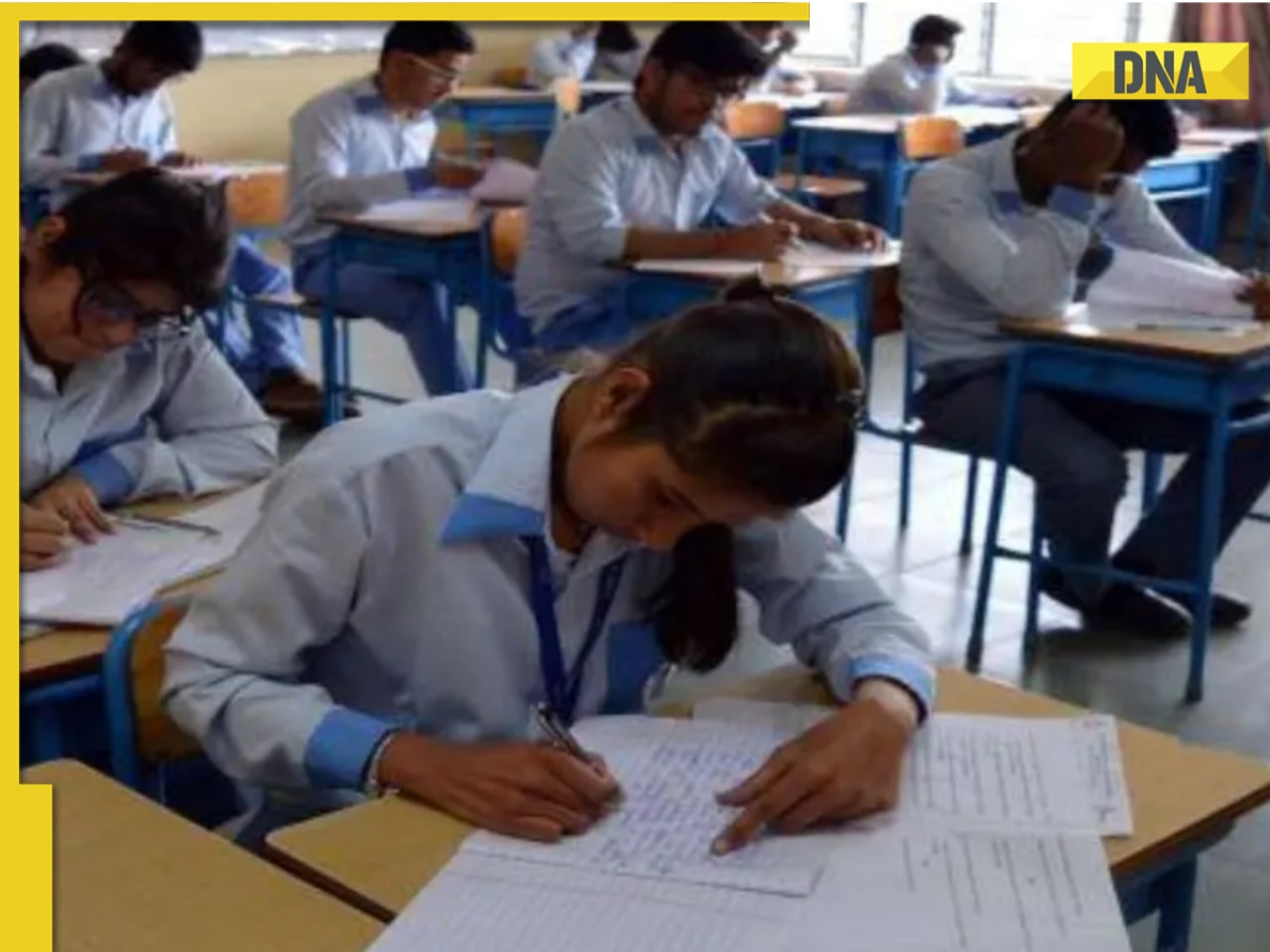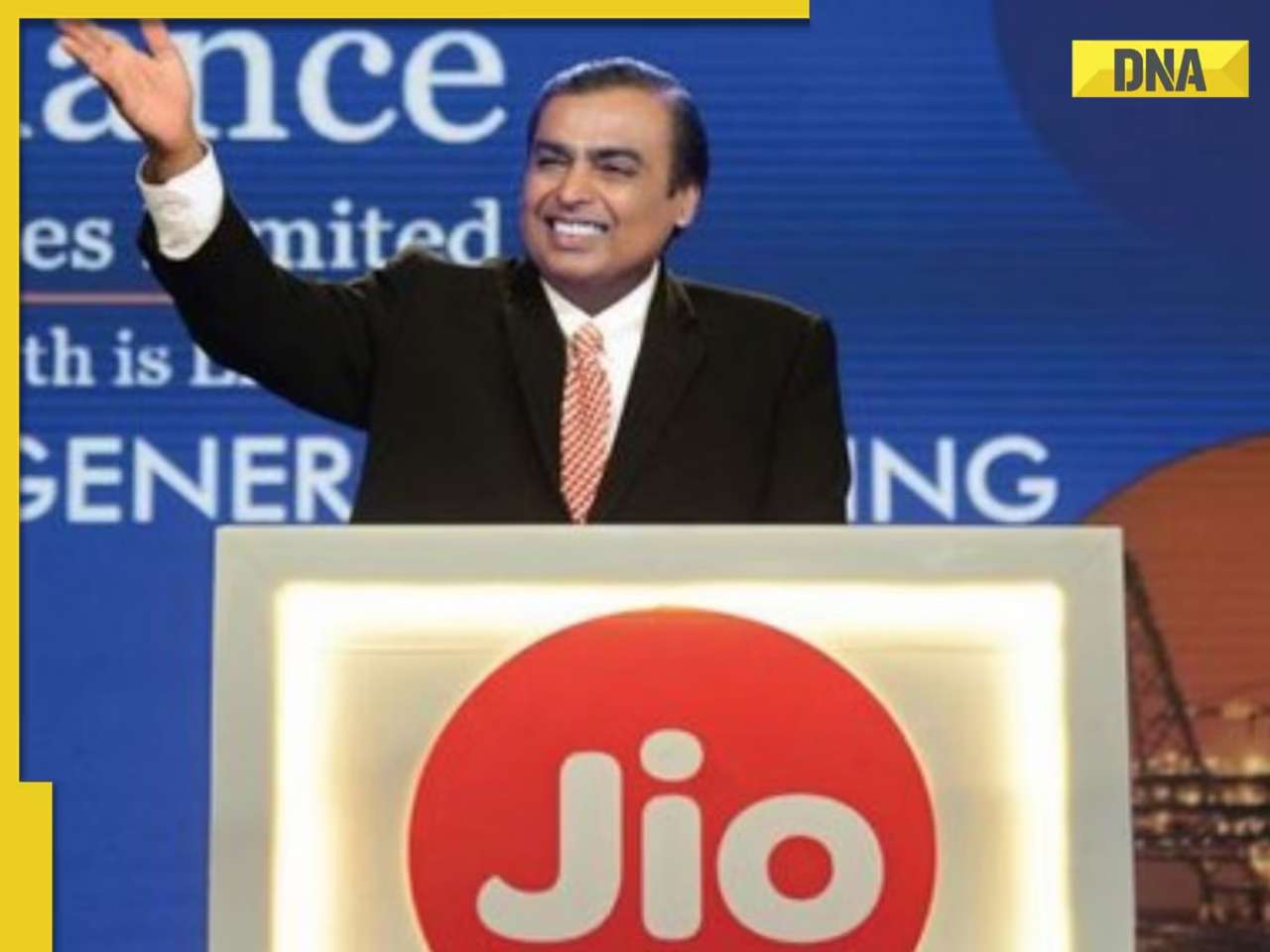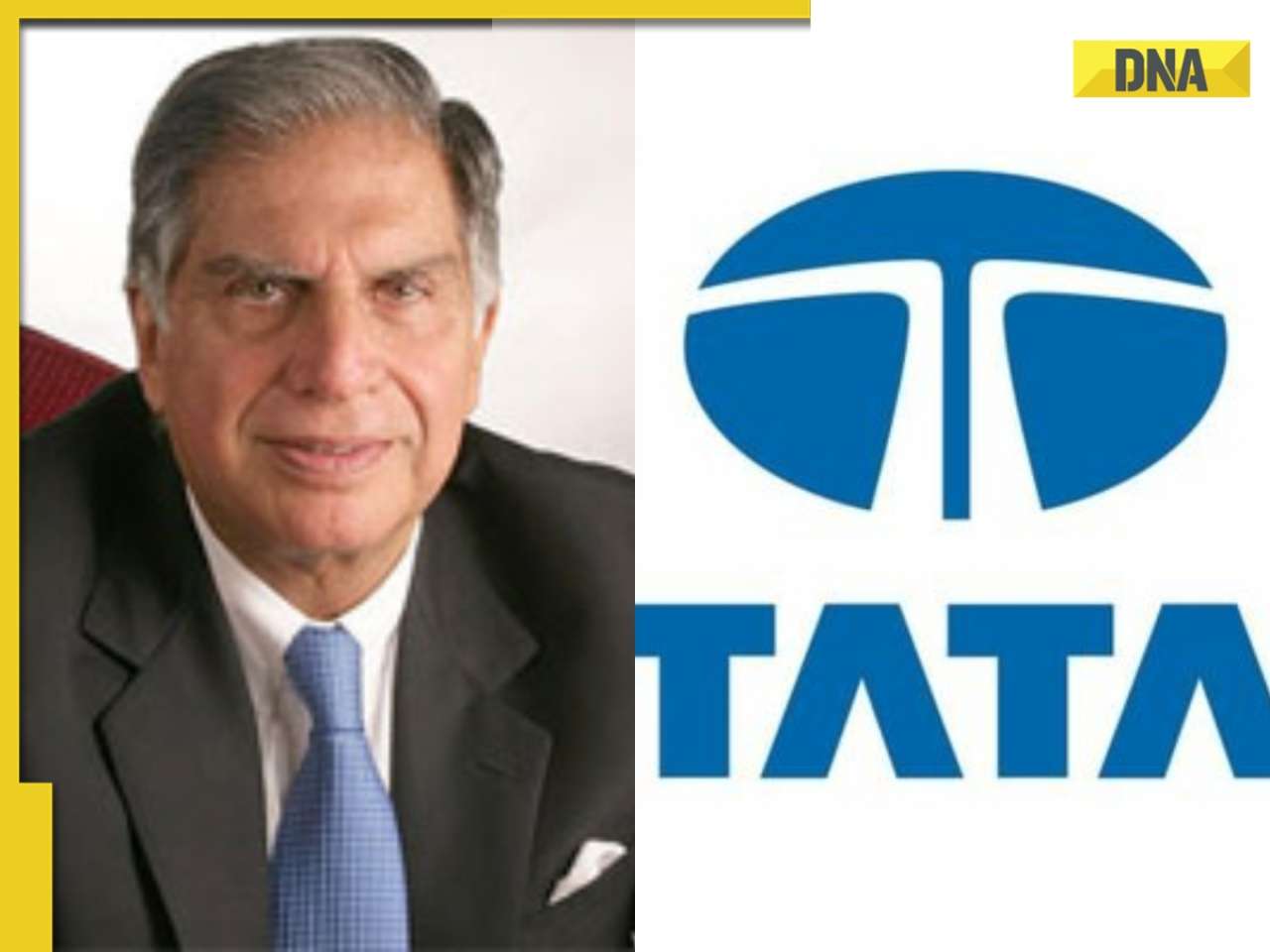- LATEST
- WEBSTORY
- TRENDING
HEALTH
Study unveils how ultra-processed foods impact adolescent health
The findings of the study were published in the journal, 'Journal of the Academy of Nutrition and Dietetics'.
TRENDING NOW
Higher consumption of ultra-processed foods is strongly associated with an increased weight gain. Researchers at the University of Sao Paulo have calculated the impact of adolescents consuming ultra-processed foods on the risk of obesity. The findings of the study were published in the journal, 'Journal of the Academy of Nutrition and Dietetics'.
There are 3,587 adolescents aged 12-19 who took part in the 2011-16 National Health and Nutrition Examination Survey (NHANES). They divided participants in the study into three groups according to the amount of ultra-processed foods consumed.
When they compared those with the highest level (64 per cent of total diet by weight on average) with those with the lowest level (18.5 per cent), they found that the former were 45 per cent more likely to be obese, 52 per cent more likely to have abdominal obesity (excess fat around the waist) and, most alarmingly, 63 per cent more likely to have visceral obesity (excess fat on and around the abdominal organs, including the liver and intestines), which correlates closely with the development of high blood pressure, coronary artery disease, type 2 diabetes, dyslipidemia (high cholesterol), and a heightened risk of death.
Also, READ: 5 refreshing face mists that will help you beat the summer heat
"There is substantial scientific evidence of the negative role of ultra-processed foods in the obesity pandemic. This is very well-established for adults. With regard to young people, we`d already found that consumption of these products is high, accounting for about two-thirds of the diet of adolescents in the US, but research on the association between consumption of ultra-processed foods and health outcomes, including obesity, was scarce and inconsistent," said Daniela Neri, first author of the article.
Led by Professor Carlos Augusto Monteiro, the NUPENS team was one of the first to associate changes in the industrial processing of food with the obesity pandemic, which began in the US in the 1980s and has since spread to most other countries.
Based on this hypothesis, the group developed a food classification system called NOVA, based on the extent to which products are industrially processed. The system informed the recommendations in the 2014 edition of the Dietary Guidelines for the Brazilian Population, which emphasized the benefits of a diet based on fresh or minimally processed foods, and emphatically ruled out ultra-processed foods ranging from soft drinks, filled cookies and instant noodles to packaged snacks and even an apparently innocent type of wholemeal bread.
"Generally speaking, ultra-processed food and drink contain chemical additives designed to make the products more appealing to the senses, such as colourants, aromatizers, emulsifiers and thickeners. Many ultra-processed foods have high energy density and contain a great deal of sugar and fat, all of which contributes directly to weight gain," Neri said.
"But even low-calorie products such as diet drinks can favour the development of obesity in ways that go beyond nutritional composition, such as by interfering with satiety signalling or modifying the gut microbiota," she added. They used data collected by a methodology known as 24-hour food recall, in which subjects are asked to report all foods and beverages consumed in the previous 24 hours, detailing amounts, times and places.
Most of the participants included in the analysis (86 per cent) were interviewed twice on this topic, with an interval of two weeks between interviews. The adolescents were divided into three groups on the basis of this information: those in whose diet ultra-processed foods accounted for up to 29 per cent by weight, between 29 per cent and 47 per cent and 48 per cent or more. The researchers also used anthropometric data, such as weight, height, and waist circumference. These measures were evaluated against age- and sex-specific growth charts approved by the US Centers for Disease Control (CDC)."Total obesity risk was estimated on the basis of body mass index, or BMI, which is weight [in kilos] divided by height squared [in meters]," Neri said.
"We used waist circumference to assess abdominal obesity, and sagittal abdominal diameter, a less well-known parameter, as a proxy for visceral obesity," she added. Measuring sagittal abdominal diameter, she explained, is an indirect and non-invasive method to estimate the amount of visceral fat, "The subject lies down and we use a caliper or magnetometer to measure the distance between the top of the gurney and the region of the belly button. The softer subcutaneous fat falls to the sides, and the visceral fat, which is harder, stays in place. This approach avoids possible measuring errors that could be caused by skin folds in the region of the waist.
"All the data analysed in the study came from NHANES surveys conducted between 2011 and 2016. According to Neri, the findings can be extrapolated to Brazilian adolescents, who are also exposed to ultra-processed foods from an early age, albeit to a lesser extent than their American peers.
"Brazil doesn`t conduct surveys of adolescent nutrition that also collect anthropometric data in person. Nationwide surveys of this kind are very costly and require continuous funding. We do have a few similar surveys, but they`re simpler," Neri said.
An example is Vigitel, an annual national survey conducted by the Health Ministry to monitor chronic disease risk and protection, involving telephone interviews with over-eighteens. The latest data from this survey, published in January 2022 by the Institute for Health Policy Studies (IEPS), show that the adult obesity rate in Brazil almost doubled from 11.8 per cent in 2006 to 21.5 per cent in 2020.The Consumer Expenditure Survey (POF) conducted by IBGE, the national statistics bureau, collected data on the dietary habits of adolescents and adults, but not on their health.
According to the latest POF, which was conducted in 2017-18, more than half (53.4 per cent) of the average Brazilian`s daily calorie intake comes from fresh foods such as vegetables, fruit, meat and milk or minimally processed foods such as grains and flours, 15.6 per cent from processed ingredients such as sugar, salt and olive oil, 11.3 per cent from processed foods such as cheese, artisan bread and fruit and vegetable conserves, and 19.7 per cent from ultra-processed foods. In the case of adolescents, the survey data shows that ultra-processed foods account for 27 per cent of calorie intake, and for over-sixties, the proportion is 15.1 per cent.
In another study conducted by NUPENS, the researchers compared data on the diet of Brazilian adolescents from the 2017-18 POF with similar data from Argentina, Australia, Chile, Colombia, Mexico, the United Kingdom and the US. Ultra-processed foods ranged from 19 per cent of energy intake in Colombia and 27 per cent in Brazil to 68 per cent in the UK and 66 per cent in the US. Despite the variability in proportional terms, the impact of ultra-processed foods on diet quality was similar in all the groups analyzed, according to Neri.
"In this study, too, the subjects were divided into groups according to their consumption of ultra-processed foods. We observed a deterioration in the quality of their diet as the proportion of ultra-processed foods increases, boosting energy density and sugar content, and reducing fibre content. The negative effect is very similar across all countries regardless of the proportion of ultra-processed foods, region or culture," she said.
Although rice and beans still constitute the staple diet for most Brazilians, she added, a survey commissioned by the Health Ministry in 2019 showed that consumption of ultra-processed foods is frequent even among under-fives. More than 80 per cent of all children in this group regularly consume these products.
"Children who consume these products have proportionally less room to consume fresh produce or minimally processed foods at a time when dietary habits are being formed," Neri said."By being exposed to these obesogenic foods, children and adolescents are being programmed for future health problems. It`s extremely worrying," she added.
Families alone cannot be made responsible for controlling this exposure, which requires a reform of the prevailing dietary system as a whole. "We must go beyond consumer education by taking public policy action on several fronts," Neri said.
"Different strategies are possible, such as placing restrictions on advertising, especially when it targets children, and raising taxation on ultra-processed food products while at the same time improving access to fresh produce. Another vitally important measure would be to require manufacturers of these products to include clearer information on labels to help consumers make better," she added.







)
)
)
)
)
)
)
)
)
)
)
)
)
)
)
)

























































